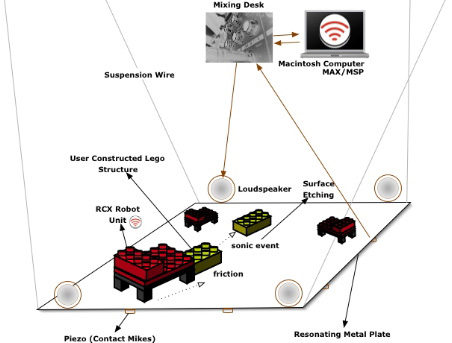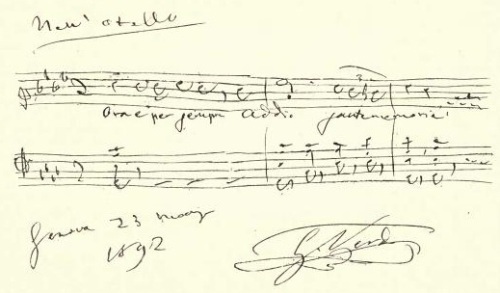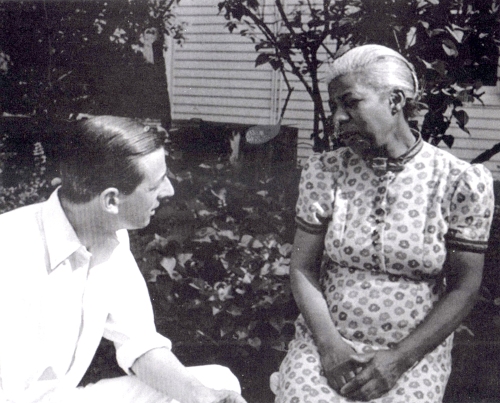The Forschungsinstitut für Musiktheater in Thurnau launched the peer-reviewed, open-access electronic journal Act: Zeitschrift für Musik & Performance (ISSN 2191-253X) in 2010. This international interdisciplinary publication provides a platform for essays, reviews, and columns at the intersections of musicology, theater studies, dance studies, and media studies. Act places particular value on methodological plurality and on supporting young academics.
Appearing twice a year, each issue will comprise two to five essays and an editorial, along with a review section (in the form of review essays) and a section for columns and announcements. The inaugural issue was edited by Anno Mungen and Knut Holtsträter.














